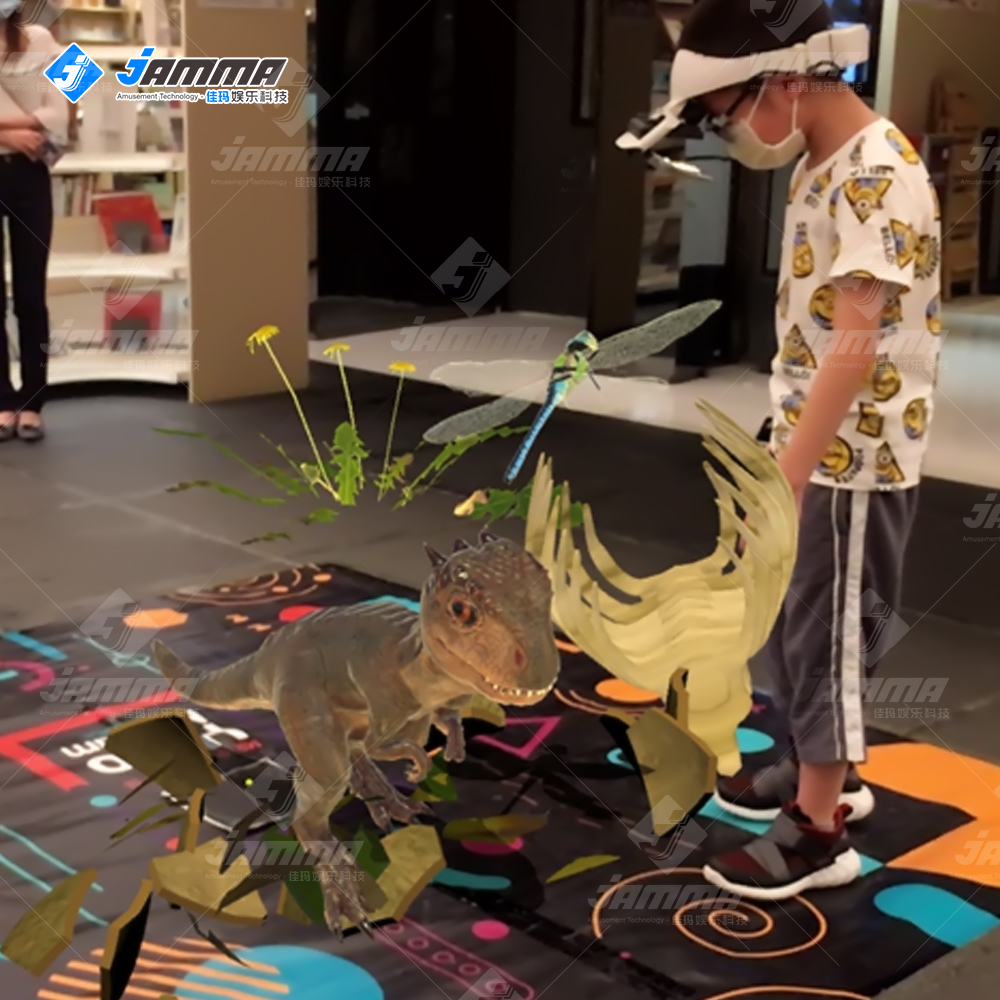How to Make an Indoor Virtual Reality Game Arcade Room?
Planning Your VR Game Arcade Room
Before diving into the setup, planning is crucial. Consider the size of the room, the type of VR experiences you want to offer, and your budget. This step will help you make informed decisions about the equipment and software needed.
Key Planning Considerations:
- Space Requirements: Ensure you have enough room for movement and multiple VR stations if needed.
- Budget: Determine how much you are willing to invest in the setup.
- Game Selection: Choose games that will appeal to your audience, such as the latest VR titles or classic favorites.
By carefully planning, you can create a VR arcade room that meets your needs and provides an exceptional gaming experience.

Choosing the Right Equipment
The equipment you choose will significantly impact the quality of your VR arcade room. Key components include VR headsets, computers or consoles, motion sensors, and controllers.
Essential Equipment:
- VR Headsets: Popular options include Oculus Rift, HTC Vive, and PlayStation VR.
- Computers/Consoles: Ensure your system has the necessary specifications to run VR games smoothly.
- Motion Sensors and Controllers: These accessories enhance the immersive experience by tracking movements and providing interactive gameplay.
Choosing the best equipment from reliable suppliers ensures a seamless and enjoyable VR experience.
Custom VR Game Arcade Room Solutions
For a more tailored experience, consider custom VR game arcade room solutions. These solutions can be designed to fit your specific space and gaming preferences.
Benefits of Custom Solutions:
- Personalization: Customize the room layout, decor, and equipment to match your vision.
- Enhanced Experience: Tailored setups often provide a more immersive and enjoyable experience.
- Professional Installation: Many custom solutions include professional installation, ensuring everything works perfectly.
Working with a reputable manufacturer or maker can help you achieve the VR arcade room of your dreams.
DIY Virtual Reality Motorcycle Simulation Machine
For those who enjoy hands-on projects, creating a DIY virtual reality motorcycle simulation machine can be a rewarding endeavor. This project involves building a physical motorcycle simulator that interacts with VR games, providing a unique and thrilling experience.
Steps to Create a DIY Motorcycle Simulator:
- Design the Simulator: Plan the dimensions and mechanics of your motorcycle simulator.
- Gather Materials: Purchase the necessary components, such as the frame, seat, handlebars, and motion sensors.
- Assemble the Simulator: Build the physical simulator, ensuring it is sturdy and functional.
- Integrate VR Technology: Connect the simulator to your VR system and configure it to work with motorcycle games.
By following these steps, you can create an engaging and unique addition to your VR arcade room.
Setting Up and Maintaining Your VR Arcade Room
Once you have all the equipment and games, it’s time to set up your VR arcade room. Proper setup and maintenance are crucial to ensure a smooth and enjoyable experience.
Setup Tips:
- Arrange Equipment: Place VR stations and sensors to maximize space and comfort.
- Calibrate Systems: Ensure all VR systems are properly calibrated for accurate tracking and performance.
- Test Games: Play each game to check for any issues and familiarize yourself with their mechanics.
Maintenance Tips:
- Regular Cleaning: Keep equipment clean to maintain performance and hygiene.
- Software Updates: Regularly update VR software and games to access the latest features and fixes.
- Troubleshooting: Address any technical issues promptly to avoid disruptions.
By following these tips, you can create a well-functioning and enjoyable VR arcade room that provides endless entertainment.

Exploring Popular VR Games
The success of your VR arcade room largely depends on the games you offer. Popular VR games like virtual reality airship games and racing simulations can attract users and keep them engaged.
Top VR Games to Include:
- Virtual Reality Airship Games: These games offer an exciting and immersive experience as players navigate airships through various environments.
- Racing Simulations: Games like VR motorcycle and car racing provide thrilling and fast-paced action.
- Adventure and Puzzle Games: Titles that challenge the mind and offer captivating storylines.
Offering a diverse range of games ensures that there is something for everyone in your VR arcade room.
What is the best VR headset for a home arcade room?
The best VR headset depends on your budget and preferences, but popular options include Oculus Rift, HTC Vive, and PlayStation VR.





























Recent Comments